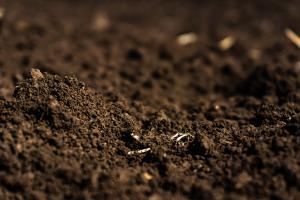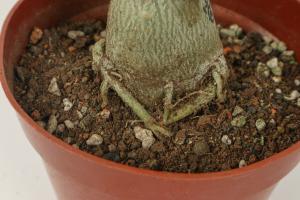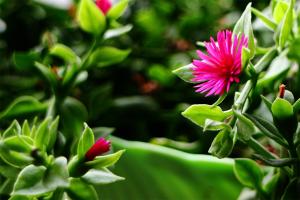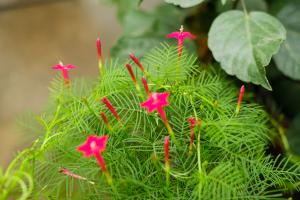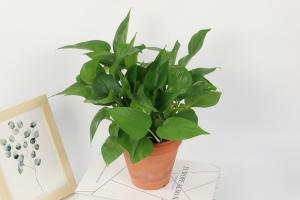Introduction
Snake plants, also known as Sansevieria, are popular houseplants due to their hardiness and ability to tolerate low light and neglect. However, choosing the right potting soil is crucial to ensure optimal growth and health. In this article, we will explore what potting soil is best for snake plants.
Well-Draining Soil
Snake plants prefer well-draining soil that allows water to flow freely through the roots, preventing waterlogging and root rot. Avoid potting soil mixes that contain a high proportion of peat moss, which can hold onto moisture and cause the soil to become soggy. Instead, look for potting soil mixes that contain a mix of coarse sand, perlite, or pumice to ensure adequate drainage.
Nutrient-Rich Soil
While snake plants can survive in poor soil conditions, they will thrive in nutrient-rich soil. Look for potting soil mixes that contain slow-release fertilizers or add your own slow-release fertilizer granules to the mix. Alternatively, you can amend the soil with organic matter such as compost or well-rotted manure.
PH Level
Snake plants prefer a slightly acidic to neutral soil pH between 6.0 to 7.0. To ensure the soil pH is optimal, you can use a soil pH test kit to measure the pH level of the potting soil mix. If the soil pH is too low, you can add garden lime to raise the pH level. Conversely, if the soil pH is too high, add elemental sulfur to lower the pH level.
Avoid Toxic Potting Soil
Some potting soil mixes contain additives such as vermiculite, which can contain asbestos fibers. Asbestos fibers are dangerous when inhaled and can cause lung diseases such as lung cancer, mesothelioma, and asbestosis. Therefore, it is crucial to avoid potting soil mixes that contain vermiculite or other toxic additives.
Potting Soil Alternatives
If you prefer not to use potting soil, there are other alternatives that you can use to grow snake plants. For example, you can use a soilless mix made from peat moss, perlite, or coconut coir. Alternatively, you can use hydroponic media such as expanded clay pellets, rockwool, or coconut coir. These alternatives provide good drainage and nutrition without the risk of toxic additives.
Conclusion
Choosing the right potting soil for snake plants is important to ensure optimal growth and health. Look for well-draining soil mixes that contain a mix of coarse sand, perlite, or pumice. Make sure the soil is nutrient-rich and has a slightly acidic to neutral pH level. Avoid potting soil mixes that contain toxic additives such as vermiculite. If you prefer, you can use alternative potting soil options such as soilless mixes or hydroponic media. With the right potting soil, your snake plant will thrive in your home or office.

 how many times do yo...
how many times do yo... how many planted tre...
how many planted tre... how many pine trees ...
how many pine trees ... how many pecan trees...
how many pecan trees... how many plants comp...
how many plants comp... how many plants can ...
how many plants can ... how many plants and ...
how many plants and ... how many pepper plan...
how many pepper plan...